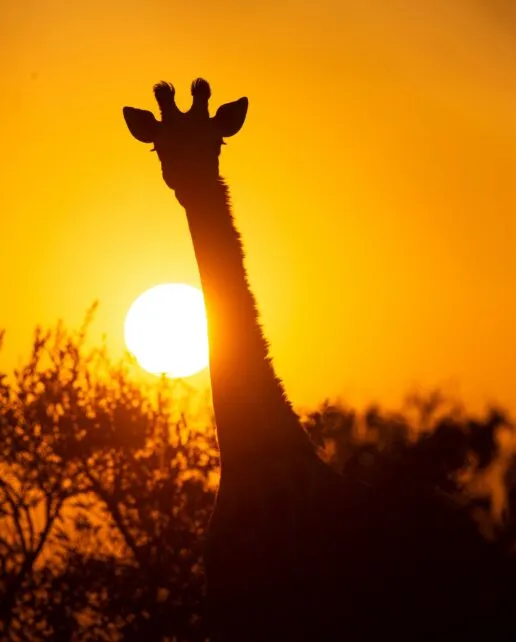New research reveals that Africa’s wildlife ecosystems are running on less than two-thirds of the power they once had – threatening the vitality of the continent’s landscapes and the livelihoods they support.
Africa’s ecosystems are running on less than two-thirds of the natural energy they once had, according to new Oxford-led research published today in Nature. The study reveals a dramatic loss of wildlife “power” across the continent – the energy that drives vital ecosystem functions such as nutrient cycling and seed dispersal – posing growing risks to biodiversity and the livelihoods that depend on it.
These findings come as world leaders prepare for COP30 in Brazil next month, where nature and climate will be in focus. By mapping how energy flows through African wildlife food webs, the researchers found that total ecological energy has fallen by more than one-third since pre-colonial times, largely due to the decline of large-bodied species such as elephants, rhinos, and lions that once shaped and sustained the continent’s ecosystems.

The most important, and alarming, result is the collapse of ecosystem functions performed by Africa’s megafauna. Large wild animals are ecological engineers. Their roles can’t simply be replaced by smaller species or livestock. The loss of these giants has the potential to transform Africa’s ecosystems and landscapes.
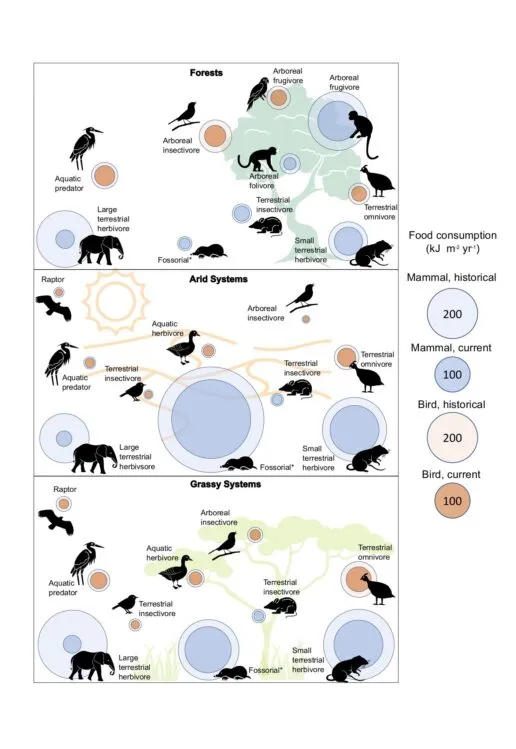
A new way to measure ecological vitality
The study uses an “ecosystem energetics” approach that quantifies how energy flows through food webs—from sunlight captured by plants to the animals that consume it. Using data from more than 3,000 bird and mammal species across 317,000 landscapes covering forests, savannas, and deserts, the researchers combined six major ecological datasets, including a new Biodiversity Intactness Index for Africa built with local expert knowledge.
This energy-based lens reveals not only how much biodiversity has been lost, but how that loss affects the very functioning of nature. While large mammals have suffered the greatest declines, smaller species such as rodents and songbirds now dominate Africa’s remaining energy flow.
“Energy flow is the shimmering web that holds together an ecosystem,” said Professor Yadvinder Malhi, co-author of the study and also at Oxford’s Environmental Change Institute. “By mapping how this web weakens or strengthens as animals decline or recover, we can see how life itself is reorganising across the continent. This approach turns the concept of biodiversity loss into something physically meaningful.”
A new tool for restoration and policy
Beyond diagnosing decline, the study offers a way forward. Its energy-based framework can help governments, conservationists, and companies meet the growing demand for metrics that track not just species counts but ecosystem functionality – a true measure of recovery.
Across Africa, ambitious restoration programmes are underway to bring back wildlife and repair degraded landscapes. But until now, ecologists have struggled to predict how shifts in animal communities, such as the replacement of elephants and buffalo by smaller antelope in Mozambique’s Gorongosa National Park, affect ecosystem processes like vegetation growth and water cycling.
“Restoration isn’t just about bringing animals back, it’s about bringing back what they do,” said Loft. “An energetics approach gives practitioners a way to measure that, and to prioritise the functions that make ecosystems resilient.”
Global implications
Beyond Africa, the research could reshape how scientists and policymakers assess biodiversity loss worldwide. Energy-based metrics may help refine global biodiversity targets, such as those under the Kunming–Montreal Global Biodiversity Framework, by linking species decline directly to the planet’s capacity to cycle carbon, water, and nutrients.

The loss of animal energy flow is not just an ecological story: it’s a Planet Earth story. It connects the fate of individual species to the functioning and stability of the biosphere itself.
Related Projects
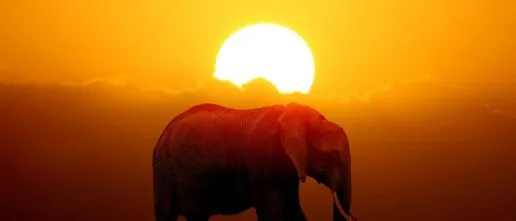
The Energy of Nature
What energy flow can reveal about the functioning & health of ecosystems, as well as its potential to serve as a metric for tracking the decline & recovery of nature
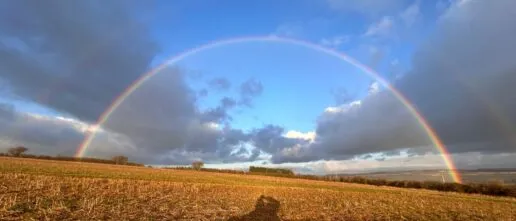
An energetic approach to assessing nature recovery in soils – a regenerative agriculture case study
Measuring and comparing energy to and through soil biodiversity under regenerative and chemical farming to understand and assess nature recovery in this traditional ‘black box’
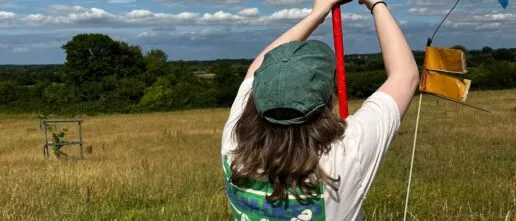
Ecoacoustics for assessing ecosystem health and function, from air to soil
Developing scaleable, transferable, and open approaches for ecoacoustics to assess nature recovery across global ecosystems

Ecoacoustic Data Analytics
Advancing AI methods to determine ecosystem composition from acoustic recordings, distinguishing species, geophonic & anthropogenic sounds in soundscapes as well as flagging unusual or unanticipated sounds.

The role of regenerative farming for biodiversity and ecosystem functioning
We utilise both standardised and cutting-edge methods to explore biodiversity and ecosystem functioning along a land use gradient to better understand the role of regenerative farming.
